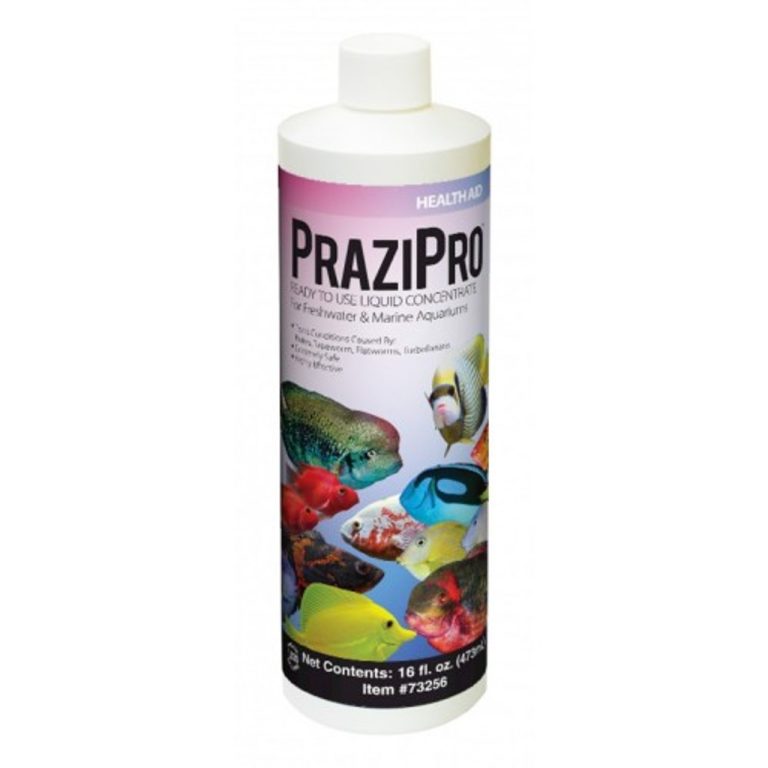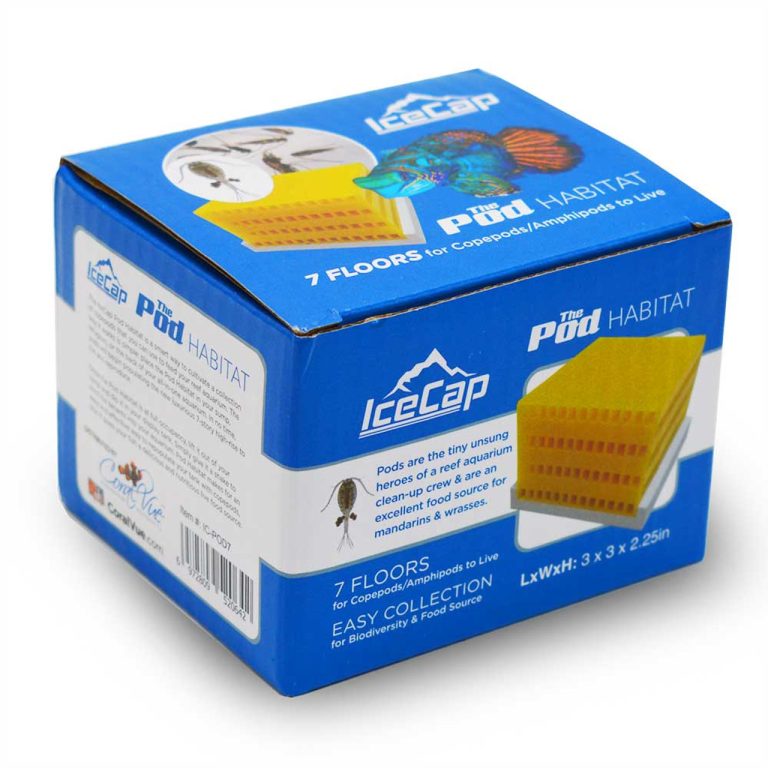Why Use Sand In Aquarium: Discover the Truth
Using sand in an aquarium promotes a natural habitat for aquatic life. Sand can be used as a substrate, which supports the growth of beneficial bacteria that contribute to the nitrogen cycle.
Since fish excrete waste, sand helps to trap and contain it, preventing harmful ammonia buildup. Additionally, sand can be aesthetically pleasing, creating a beautiful and natural environment for fish and plants to thrive in. It’s important to choose aquarium sand that is specifically designed for this purpose, as other types of sand can contain harmful contaminants.
Overall, incorporating sand into your aquarium setup can benefit both the health and appearance of your aquatic pets.
Why Use Sand In Aquariums: Know the Fact
Sand As A Natural Environment For Aquariums
Maintaining an aquarium requires careful consideration of the environment that the fish and plants will live in. One of the essential aspects of a healthy tank is the substrate, which provides the foundation for the ecosystem to thrive. While several options are available, sand is an excellent choice for various reasons.
- Sand is a natural environment for aquariums as it’s the closest substrate to the environment that most fish and plants live in the wild.
- Sand helps maintain the ph levels of the aquarium water, as it doesn’t release or absorb any chemicals that can change the water’s composition.
- The sand also helps to stabilize the temperature of the tank, retaining warmth and keeping the water at a constant temperature.
How Sand Mimics Natural Habitat For Fish And Plants
Using sand in an aquarium mimics the natural habitat of fish and plants, creating a stable environment for them to thrive in. Sand’s fine texture provides a soft and gentle surface for the aquatic beings to rest on and allows them to scavenge for food with ease.
- The texture of sand replicates the natural environment of many fish, including cichlids, which prefer shallow water with sandy bottoms.
- The sand’s colour and size contribute to the aquarium’s aesthetic appeal, adding a natural and polished look to the environment.
- The sand’s stability provides a consistent breeding ground for fish and plants, as it doesn’t shift or move around, keeping the roots intact and reducing stress on the aquatic life.
Benefits Of Choosing Sand Over Other Substrates
Using sand as a substrate provides several benefits compared to other substrate options, including gravel or bare bottoms. Here are some of the reasons why choosing sand is a popular choice for aquarium enthusiasts.
- Sand is harmless to fish and plants and does not pose a risk of injury or damage to them.
- The uniform texture of sand makes it easy to clean and maintain. Debris and uneaten food stay on top, allowing for quick removal and preventing build-up.
- Sand helps to balance the water’s oxygen levels by facilitating the growth of plants, which produces oxygen through photosynthesis.
- Sand provides a natural environment for beneficial bacteria, which help filter the water and maintain a healthy ecosystem.
Sand is an excellent choice for an aquarium substrate, making it ideal for creating a natural habitat for fish and plants to thrive. By mimicking their natural habitat, it provides a safe, stable environment that contributes to a healthy, well-balanced ecosystem.
Types Of Sand For Aquariums
Different Types Of Sand Available
Before going into the details of the various types of sand available for aquariums, let’s first understand what aquarium sand is. Aquarium sand is a substrate placed at the bottom of an aquarium to help mimic the natural environment of the inhabitants.
It is essential to choose the right type of sand for your aquarium because it not only controls the aesthetics but can also affect the water quality and the health of the aquatic life.
There are various types of aquarium sand available, with each having its unique characteristics and suitability. Let’s delve into the different types of sand for aquariums.
Pros And Cons Of Various Types Of Aquarium Sand
Playsand
- Playsand is the most common type of sand used by aquarium enthusiasts.
- It is readily available, affordable, and has a natural look to it.
- However, playsand can contain unwanted materials like silica that can affect the water quality and harm the aquatic life.
Silica Sand
- Silica sand is another popular type of sand used in aquariums.
- It is available in different grain sizes and colors and usually contains no impurities.
- However, silica sand can have a high ph level, which can lead to an alkaline environment in your aquarium.
Aragonite Sand
- Aragonite sand is an excellent choice for aquariums with marine life as it offers high buffering capacity.
- It helps to maintain a stable ph level, making it ideal for aquariums with delicate marine life.
- However, aragonite sand can be costly compared to other types of sand.
Crushed Coral Sand
- Crushed coral sand can also be an excellent choice for aquariums with marine life.
- It has a high buffering capacity and helps maintain a stable ph level, making it perfect for reef environments.
- However, crushed coral sand can be quite abrasive and can harm delicate fish or invertebrates.
Black Diamond Blasting Sand
- Black diamond blasting sand is an inexpensive option that is perfect for planted aquariums.
- It is inert, which means it will not affect the water quality or its inhabitants.
- However, it can be quite heavy, making it difficult to clean.
Choosing the right sand for your aquarium is essential for the overall health, longevity, and aesthetics of your aquatic life. Therefore, it is vital to make an informed decision and take into consideration the pros and cons of different types of sand available in the market.
How To Prepare Sand For Your Aquarium
Adding sand to your aquarium not only enhances the aesthetic of the environment, but it also provides a natural substrate for your fish to burrow in. However, before adding sand to your aquarium, it is important to prepare it properly.
Properly Rinsing And Cleaning Sand
Sand is a natural material, and it is not uncommon for it to contain small rocks, debris, or harmful chemicals that can be toxic to your fish. Therefore always rinse and clean sand before adding it to your aquarium to prevent any potential harm to your fish.
Follow these simple steps:
- Place the sand in a large container and pour water to submerge it.
- Use your hand to stir the sand gently, rinse thoroughly, and discard the cloudy water. Repeat this process until the water is clear.
- Add water to the container again, stir, and repeat the process until there is no more debris in the water.
How To Introduce Sand To A New Aquarium Setup
Now that your sand is properly rinsed and cleaned, it’s time to introduce it to your aquarium. This process is easy and can be accomplished in a few simple steps:
- Turn off your filter and pump.
- Pour the sand into your aquarium, and spread it evenly on the bottom.
- Turn on the filter and pump.
Tips For Maintaining Sand In Your Aquarium
It is essential to maintain your sand to keep your aquarium clean and your fish healthy. Follow these tips:
- Vacuum any debris on top of the sand regularly to prevent it from accumulating.
- Use a flat glass or plastic scraper to clean any buildup on the sand surface.
- When doing water changes, remember to turn off pumps and ensure that your gravel is not disturbed.
- Do not overfeed your fish. It can cause uneaten food to settle on the sand surface and produce ammonia, which is harmful to your fish.
By following these simple steps, you can ensure that the sand in your aquarium is safe and healthy for your fish and the overall environment.
Potential Risks And Concerns
Sand is a common substrate used in aquariums to create a natural habitat for aquatic animals. It provides a natural feel to the aquarium environment and supports the growth of beneficial bacteria that help to break down waste products. However, its usage can come with some potential risks and concerns.
We will take a closer look at some of these issues and what you can do to mitigate them.
Potential Hazards Of Using Sand In Aquariums
- Sand can cause cloudiness in the water, which can make it difficult to see the fish or other aquatic animals in the tank.
- Sand can contain harmful particles or toxins that could be harmful to aquatic life.
- Sand can cause damage to the filter system, leading to reduced efficiency or even complete failure.
- Sand can become compact and create anaerobic zones where dangerous bacteria can thrive, releasing toxic gases into the aquarium environment.
Precautions To Take When Using Sand As A Substrate
- Rinse the sand thoroughly before adding it to the aquarium to remove any dust or debris that may be present.
- Choose a sand variety that is specifically designed for aquarium use to reduce the risk of harmful substances being introduced into the tank.
- Avoid overstocking the aquarium, as excess waste can accumulate in the sand and create harmful pockets of bacteria.
- Consider adding an extra filter or upgrading your existing filter system to ensure proper water circulation and filtration.
Resolving Issues Related To Sand In Aquariums
- If you experience cloudiness in the water, perform a partial water change to remove excess debris and consider using a water clarifier to restore clarity.
- To address filter issues, check for damage or clogs in the system and clean or replace the affected components as needed.
- If you suspect an anaerobic zone has developed in the sand, use a gravel vacuum to remove the impacted area and replace it with fresh sand.
Sand is a popular substrate choice for aquariums because of its natural feel and benefits to aquatic life. However, its usage can come with potential risks and concerns that must be properly addressed. By following the recommended precautions and taking the necessary steps to resolve issues, you can ensure that your aquarium and its inhabitants thrive in a safe and healthy environment.
Frequently Asked Questions On Why Use Sand In Aquarium
Why Use Sand In Aquarium?
Sand provides a natural look and serves as a substrate for natural bacterial growth.
Is Sand Good For Aquarium?
Yes, it is good for aquarium as it maintains a natural look and provides a substrate for natural bacteria growth.
What Type Of Sand Is Best For Aquarium?
Fine-grain sand with a diameter of 0. 5-1. 5mm is recommended for aquariums.
How Much Sand Do I Need For My Aquarium?
It depends on the size of your aquarium, generally about 1-2 pounds of sand per gallon.
How Do I Clean Sand For My Aquarium?
Rinse and soak the sand before adding it to your aquarium to remove any impurities.
Conclusion
As we conclude, it is clear that sand is an essential addition to any aquarium. Not only does it provide a natural look to the aquarium, but it also contributes to the overall health and wellbeing of your fish. Sand can be an effective biological filter, helping to maintain the biological equilibrium of your fish tank.
It also provides a suitable substrate for beneficial bacteria to grow, creating a healthy environment for your aquatic pets. Moreover, when properly maintained, sand can be a great source of nourishment for certain fish species. Therefore, choosing the right type of sand that suits the needs of your aquarium and its inhabitants is crucial.
Overall, sand is an affordable and practical choice for aquarium enthusiasts, and it is highly recommended that you consider adding it to your aquarium setup.






